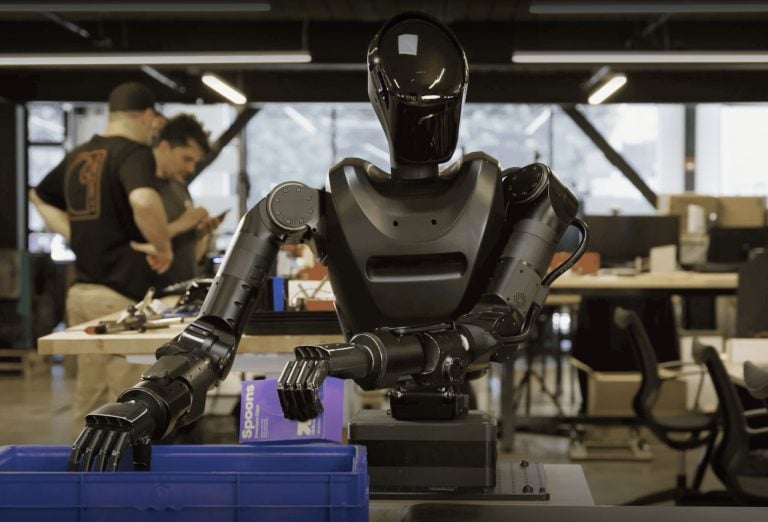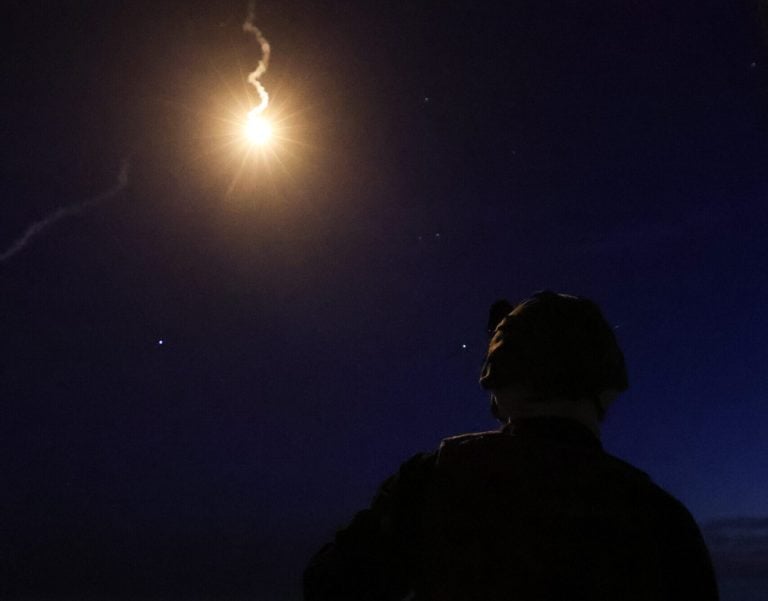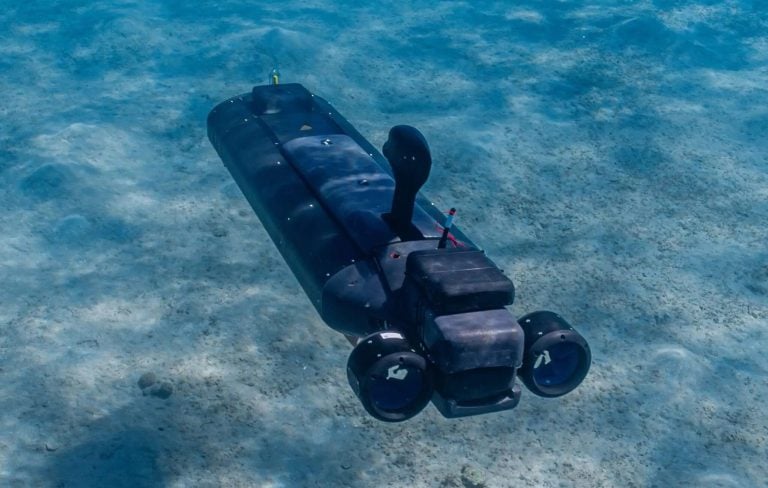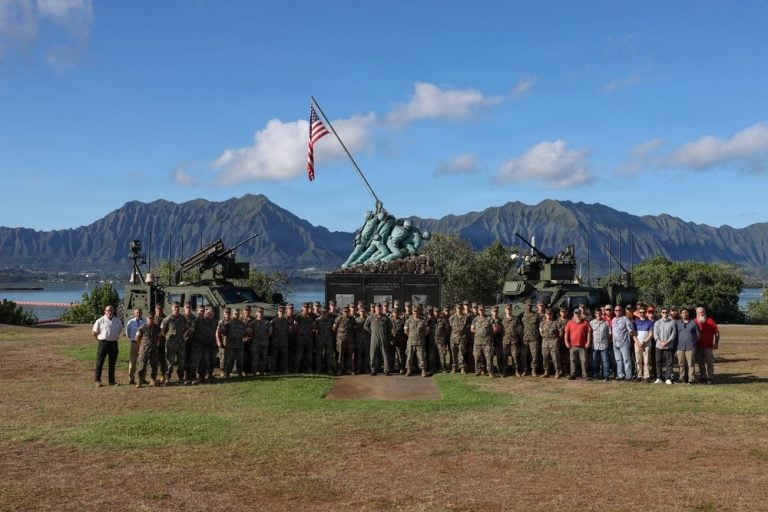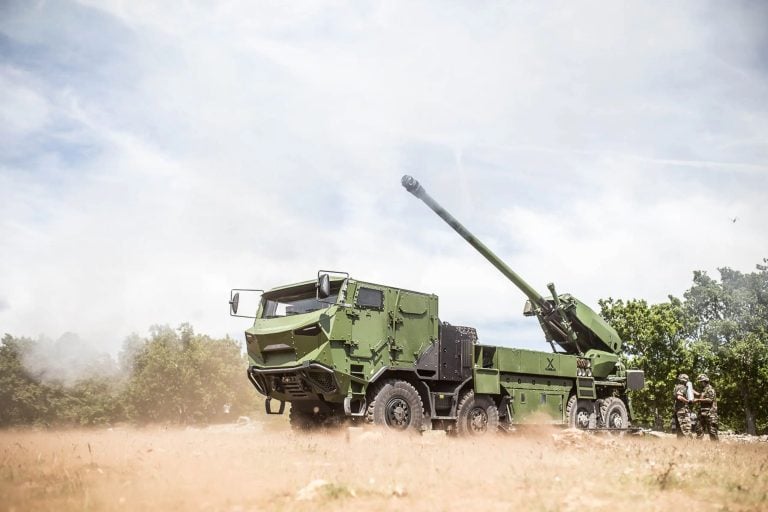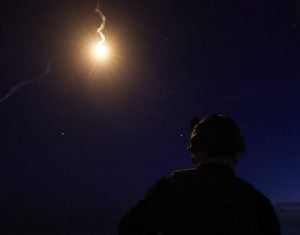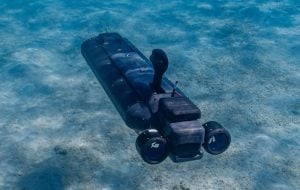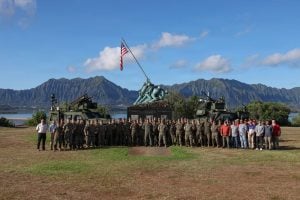MD Helicopters is positioning its five-bladed MD 530F as a potential new training platform for the US Army, aimed at equipping the next generation of military pilots. Designed to closely replicate the operational characteristics of established rotorcraft such as the UH-60M Black Hawk, AH-64E Apache, and CH-47F Chinook, the MD 530F offers a realistic training experience that accurately reflects real-world flight conditions.
Built on the durable 500 series airframe, the MD 530F is propelled by a Rolls Royce C30 engine, delivering 650 shaft horsepower and making it well-suited for high-altitude environments. The aircraft is engineered to provide enhanced maneuverability, responsive controls, and superior visibility—all essential elements of a training environment that emphasizes pilot readiness and safety.
“The Army is investing in its future warfighters, and that means delivering training tools that truly reflect operational reality,” stated MD Helicopters’ CEO Ryan Weeks. “The MD 530F is not just ready for that mission — it was built for it.”
The MD 530F is equipped with several key features aiming to enhance pilot training. Notably, it boasts hydraulics-free flight controls, which offer improved tactile feedback for pilots while also simplifying maintenance procedures. Its dual-control, night vision goggle (NVG)-compatible cockpit facilitates both day and night training operations, providing the necessary flexibility for diverse mission scenarios.
Safety remains a priority, with the MD 530F including a rugged airframe and a crash-resistant fuel system designed to minimize downtime and enhance survivability in potential incidents. The aircraft is also built with highly reliable components, which contribute to increased availability and reduced operational costs. “Combat-relevant. Built for safety. Designed to last. Made in America. The MD 530F is ready to train tomorrow’s warfighters — today,” the company asserts.
This proposal comes as the US Army embarks on a substantial overhaul of its pilot training program, following a troubling series of fatal helicopter crashes in recent years. The initiative, known as “Flight School Next,” seeks to simplify training by introducing a single-engine trainer aircraft aimed at helping new aviators develop essential skills and accumulate flight hours while reducing costs.
“Flight School Next is an opportunity for our aviators to get more time at the controls, understanding the basics of flying the helicopter—especially during their core foundational aviation experience—and at cost savings,” explained Michael A. Corsaro, chief warrant officer of the Army’s aviation branch.
As part of the broader transformation, the Army intends to replace the UH-72A Lakota with a contractor-owned and contractor-operated training aircraft. A notice has already been issued, calling for industry proposals that encompass comprehensive training solutions, which include aircraft, maintenance, simulators, and training aids.



